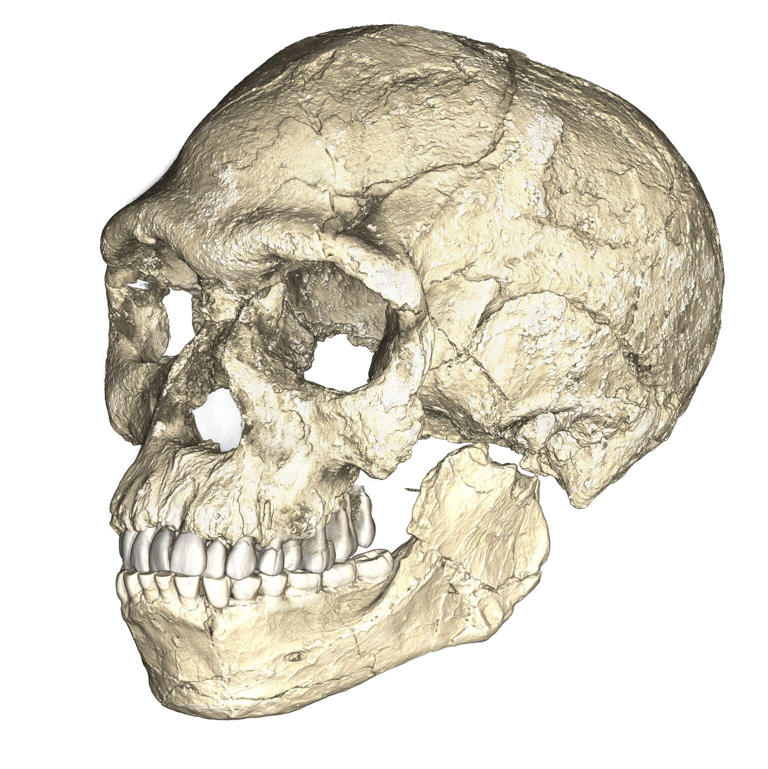Oldest Known Human Face Reconstructed: A Glimpse into Our 300,000-Year-Old Past
- Victor Nwoko
- Jun 20, 2024
- 2 min read
The face of the oldest known human has been reconstructed for the first time, revealing a man described as “strong and serene.”
This groundbreaking reconstruction was created by Brazilian graphics expert Cicero Moraes, who used a 3D scan of a skull from the Jebel Irhoud remains. These fossils, discovered in Morocco, have pushed back the timeline of human evolution by 100,000 years, suggesting that Homo sapiens evolved much earlier than previously thought.
The Jebel Irhoud remains have also challenged the notion that humanity's origins were confined to East Africa, indicating that our ancestors spread across the continent millennia earlier than believed.
Explaining his process, Moraes said, “Initially, I scanned the skull in 3D using data provided by researchers from the Max Planck Institute. Then I proceeded with the facial approximation, which involved anatomical deformation techniques.”
Moraes mapped the 3D skull diagram onto a donor skull prototype, based on an adult male with a low body mass index. He chose a male face for the reconstruction due to the robust and masculine features of the skull. Further data from modern humans helped predict the thickness of soft tissues and the projection of the nose and other facial structures.
“The final face is an interpolation of all this data, generating two groups of images: one objective, with technical elements, and the other artistic, with skin and hair pigmentation,” Moraes explained.
The reconstructed skull is a composite of various fossils, creating a whole that Moraes described as “excellent and quite coherent, anatomically speaking.” The Max Planck Institute noted that the Jebel Irhoud remains had a modern-looking face and teeth but a large, more archaic-looking braincase. Genetic changes affecting brain connectivity, organization, and development transformed the braincase into the skulls we have today.
Moraes compared the Jebel Irhoud skull to the Skhul V skull, an archaic Homo sapiens specimen, noting that it shares some characteristics with Neanderthals or Heidelbergensis. “It is fascinating to observe the differences and compatibilities between the structures of these skulls and faces over thousands of years,” he added.
Fossils from the Jebel Irhoud site were initially discovered in the 1960s and estimated to be about 40,000 years old. However, new techniques revealed the bones to be roughly 300,000 years old. Jean-Jacques Hublin from the Max Planck Institute commented, “We used to think there was a cradle of mankind 200,000 years ago in East Africa. In fact, what we found was that Homo sapiens spread across the entire African continent even earlier, around 300,000 years ago.”
This discovery surpasses the previous oldest known Homo sapiens remains found in Omo Kibish, Ethiopia, dated to 195,000 years old.













Comments